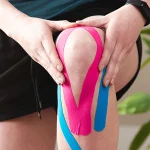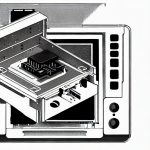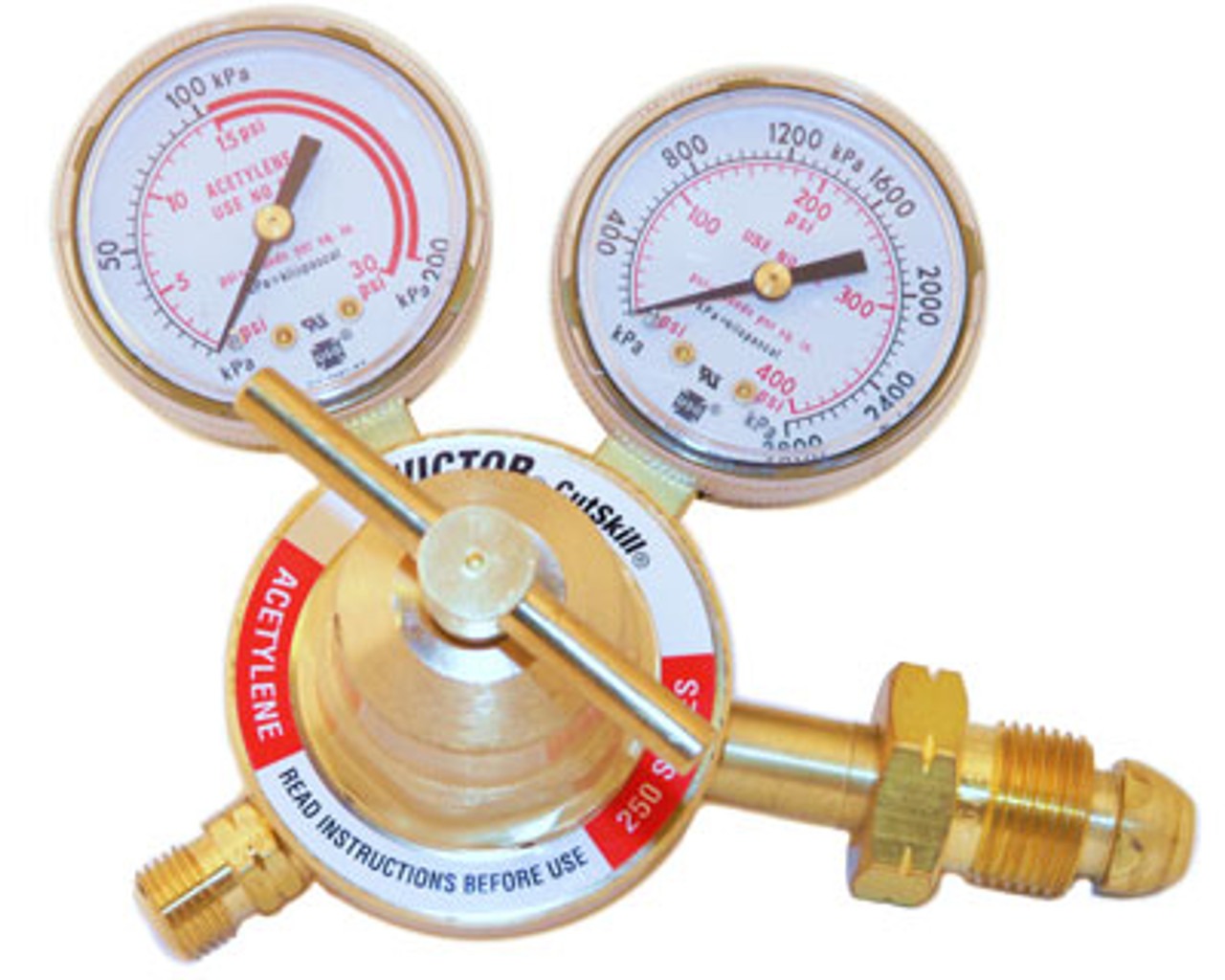When it comes to using an acetylene cylinder regulator, one of the key considerations is the type of thread used for the regulator outlet. This can vary depending on the region and the specific cylinder, with some cylinders having right hand threads and others having left hand threads. It is crucial to determine the type of thread on the cylinder valve in order to ensure a secure and safe connection with the regulator. Adapters are available to convert between left hand and right hand threads, providing compatibility with different regulators. In this article, we will explore the importance of the type of thread used in an acetylene cylinder regulator, and how to ensure the proper connection for safe and efficient use.
Understanding Regulator Threads in Acetylene Systems
Regulator threads in acetylene systems play a crucial role in ensuring the safe and efficient operation of gas equipment. These threads are designed to provide a secure connection between regulators, hoses, and gas cylinders, preventing leaks and ensuring the proper flow of acetylene gas. Understanding the different types of threads used for regulator outlets is essential for gas welding professionals and individuals working with acetylene systems.
Defining Thread Types for Regulator Outlets
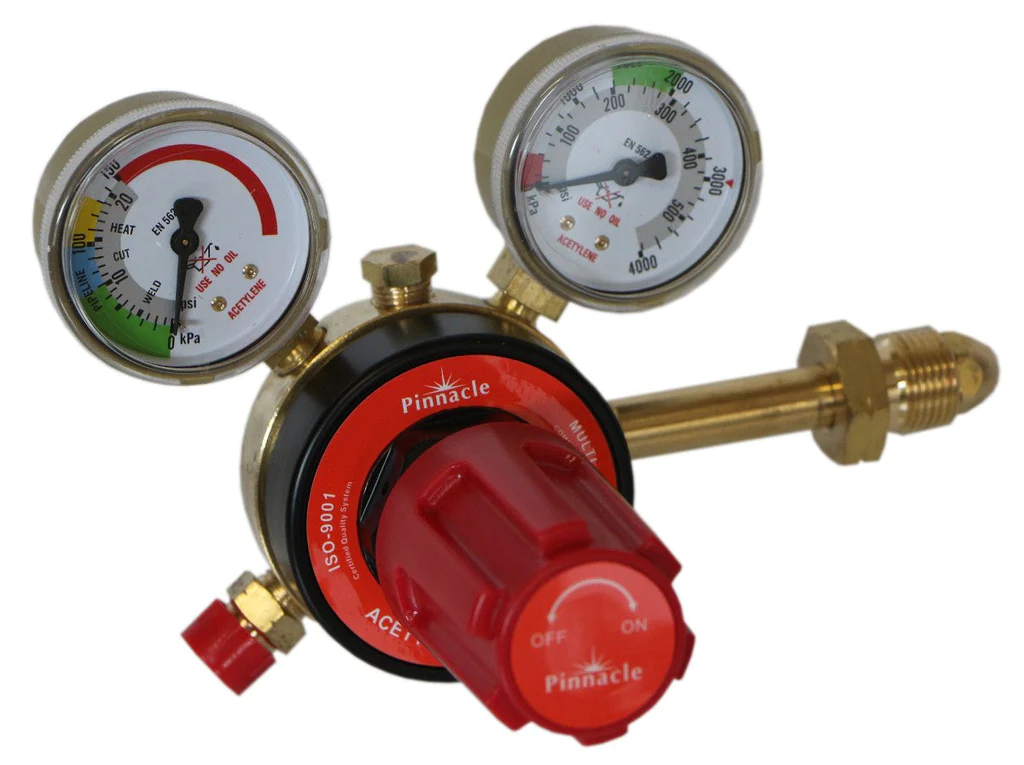
Thread types for regulator outlets are commonly categorized as BSP (British Standard Pipe) threads, which are widely used in gas equipment. These threads are distinguished by their size, pitch, and taper, and they are designed to provide a reliable seal for gas connections. The most common BSP thread sizes used in acetylene systems include 1/8″, 1/4″, 3/8″, and 5/8″, each serving specific purposes in gas welding and equipment.
Distinguishing Right Hand Threads from Left Hand Threads
In the context of acetylene systems, distinguishing right-hand threads from left-hand threads is crucial for ensuring compatibility and safety. Right-hand threads are typically used for non-fuel gases, while left-hand threads are specifically designed for fuel gases such as acetylene and propane. This distinction helps prevent dangerous mix-ups and ensures that regulators and hoses are connected to the correct gas sources.
Regional Variations in Thread Types
The data highlighted the presence of regional variations in thread types for acetylene systems, particularly in the case of right-hand threads on acetylene bottles. This variation can lead to confusion and challenges for users who encounter non-standard thread types. It is important for individuals working with acetylene systems to be aware of these regional differences and seek appropriate solutions, such as using adapters or specialized regulators, to address the issue of thread compatibility.
Ensuring Compatibility between Cylinder and Regulator
Identifying Your Cylinder’s Thread Type
When working with gas welding equipment, it is crucial to identify the thread type of your cylinder to ensure compatibility with the regulator. The most common thread type used in gas equipment is the BSP thread, which is utilized for Oxygen, Acetylene, and Propane equipment. It is important to note that left-hand threads are typically used for fuel gases, while right-hand threads are used for non-fuel gases. Understanding the specific thread type of your cylinder is essential for securely connecting the regulator and ensuring safe and efficient operation.
The Role of Adapters in Thread Compatibility
Adapters play a significant role in addressing thread compatibility issues between cylinders and regulators. In the event of mismatched thread types, adapters can be used to convert between left and right-hand threads, enabling a secure connection between the regulator and the cylinder. This practical solution allows welders to overcome compatibility challenges and ensures that gas equipment can be used effectively, regardless of regional variations in thread types.
Steps to Securely Connect the Regulator to the Cylinder
1. Identify the thread type of your cylinder by referring to the manufacturer’s specifications or consulting with industry experts.
2. Ensure that the regulator and cylinder have matching thread types to avoid any compatibility issues.
3. If a mismatch is identified, use adapters to convert between left and right-hand threads, ensuring a secure and proper connection.
4. Verify the connection by conducting a pressure test to ensure that there are no leaks or issues with the regulator-cylinder interface.
5. Follow all safety guidelines and regulations when working with gas equipment to promote a safe and efficient welding environment.
Safety Protocols for Handling Threaded Connections
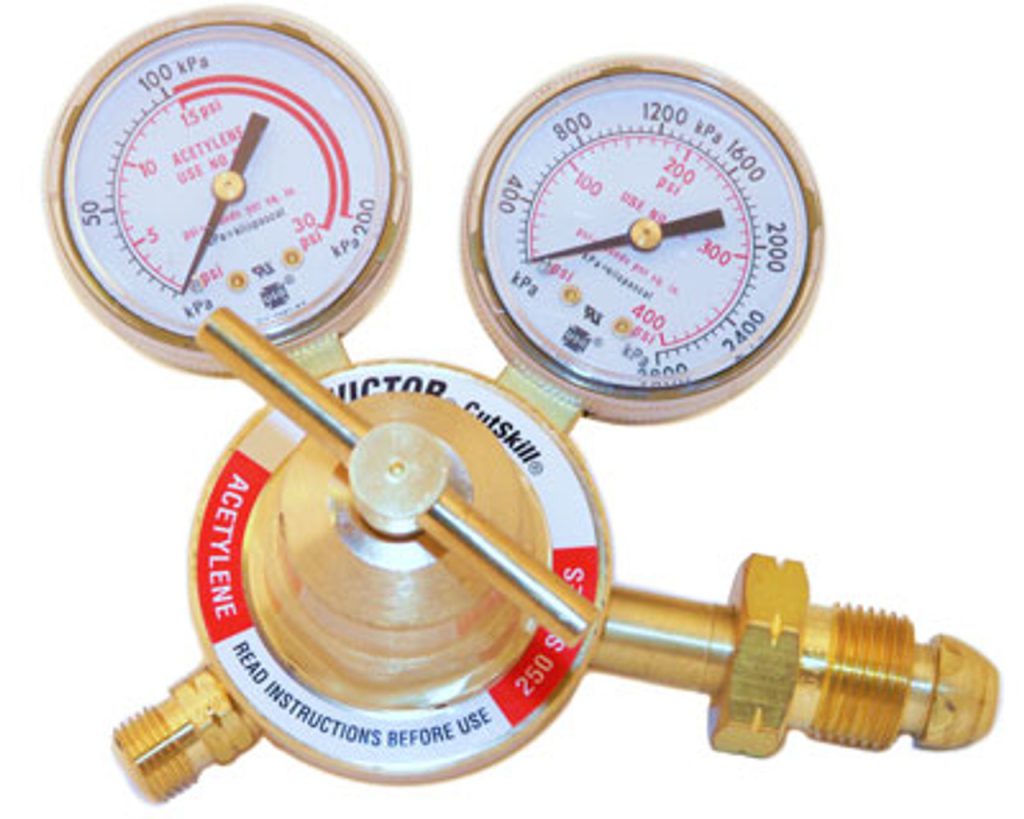
When it comes to gas equipment, the correct thread matching is of utmost importance to prevent potentially dangerous mix-ups between fuel and non-fuel gases. This is particularly crucial in the case of acetylene bottles, where right-hand threads are not a common occurrence. Understanding the specific requirements for handling threaded connections is essential to ensure the safety and proper functioning of the equipment.
Importance of Correct Thread Matching
The presence of right-hand threads on acetylene bottles can lead to potential safety hazards if not handled properly. It is important to match the correct thread sizes for different components to ensure secure and leak-free connections. This requires a comprehensive understanding of BSP thread sizes commonly used in gas equipment, such as the outside diameter and pitch for 1/8″, 1/4″, 3/8″, and 5/8″BSP threads.
Additionally, individuals working with gas equipment need to understand the specific uses of each BSP thread size in gas equipment, such as regulator outlets, torch ends, flash arrestors, and gas cylinder outlets. This knowledge is crucial for maintaining the integrity and safety of threaded connections in gas equipment.
Consequences of Improper Connections
The potential consequences of improper connections, such as encountering right-hand threads on acetylene bottles, can lead to accidents and safety hazards. Lack of awareness and understanding of the potential dangers associated with mismatched threads can result in mishaps or accidents. This underscores the importance of adhering to safety protocols and best practices in handling threaded connections to prevent such incidents.
Routine Checks and Maintenance for Threaded Joints
Regular maintenance and checks for threaded joints are essential to mitigate any potential risks and maintain the safety and effectiveness of the connections. The availability of adapters and regional variations in threaded connections can provide practical solutions for addressing mismatched threads and ensuring the safe and proper handling of threaded connections.
Tools and Accessories for Thread Adaptation
Types of Adapters and Their Uses
When it comes to gas equipment, particularly for Oxygen, Acetylene, and Propane systems, understanding the types of adapters and their uses is crucial. BSP threads are commonly used in gas equipment, and knowing the differences between left-hand and right-hand threads is essential for selecting the right adapters. There are various sizes and uses of BSP threads in gas equipment, and using the correct adapters ensures safety and efficiency in the workplace. Adapters are designed to facilitate the connection between different thread types, allowing for compatibility and proper functionality of the equipment.
Selecting the Right Adapter for Your Acetylene System
Choosing the right adapter for an Acetylene system involves considering the specific requirements of the system, including the thread diameters, uses in gas equipment, and the applications for different BSP thread sizes. It’s important to identify the type of thread on the Acetylene cylinder regulator and select the appropriate adapter to ensure a secure and leak-free connection. Understanding the regional variations in thread types for Acetylene bottles is also crucial, as it helps in determining the compatibility of the adapter with the existing equipment. Additionally, the CGA number on the valve definitively identifies the type of thread on the bottle, allowing for the selection of the correct adapter.
Installation Tips for Thread Adapters
When installing thread adapters for Acetylene systems, it’s essential to follow specific guidelines to ensure proper functionality and safety. Checking the CGA number on the valve to identify the type of thread is the first step in selecting the right adapter. Once the adapter is chosen, it should be installed following the manufacturer’s instructions, ensuring a secure and tight connection. It’s important to use the appropriate tools and techniques for installation, such as thread sealant or tape, to prevent leaks and ensure the integrity of the connection.
Troubleshooting Thread Issues
Common Thread-Related Problems in Acetylene Regulators
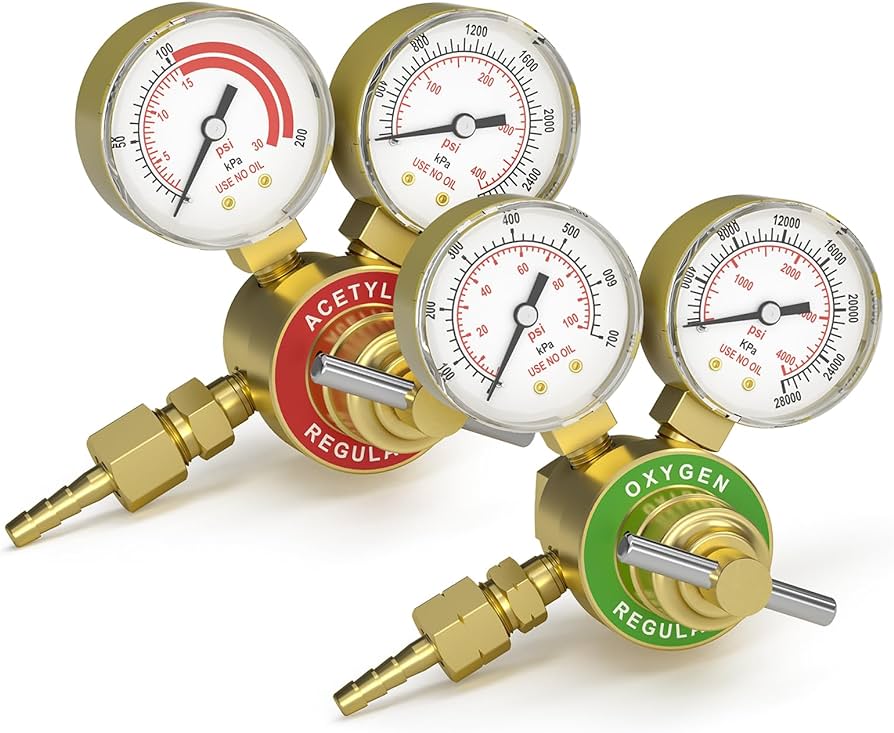
When dealing with acetylene regulators, it’s common to encounter thread-related problems, particularly with the use of left-hand threads for fuel gases. This can lead to confusion surrounding BSP thread sizes and diameters, causing potential issues with the equipment’s performance and safety. Understanding the different BSP thread sizes and their uses in gas equipment is crucial for ensuring proper functionality and preventing complications.
For example, small regulators and gas cylinder outlets may have different BSP thread sizes, and failing to match the correct sizes can result in leaks and other problems. Therefore, it’s essential to have a clear understanding of thread specifications and their impact on the overall performance of acetylene regulators.
Resolving Cross-Threading and Leakage
Cross-threading and leakage are common issues that can occur with acetylene regulators, especially when there’s confusion between left-hand and right-hand threads. To prevent potentially dangerous mix-ups between fuel and non-fuel gases, it’s important to correctly identify the thread types and sizes.
Practical Solutions for Cross-Threading and Leakage
- Machining small cuts to indicate left-hand threads
- Use of adapters to convert right-hand threads to left-hand threads
- Swapping out the bottles if necessary
These practical solutions can help in addressing cross-threading and leakage problems, ensuring the safe and effective use of acetylene regulators.
When to Seek Professional Assistance
While some thread-related issues can be resolved through DIY solutions, there are instances where professional assistance is necessary. It’s important to seek professional guidance in identifying and resolving complex thread-related problems, especially when regional variations in thread types come into play.
Professionals can provide valuable insights into the technical aspects of acetylene regulators, offering solutions beyond the scope of DIY methods. By knowing when to seek professional assistance, individuals can ensure the proper functioning and safety of their acetylene regulators.
Signs that Professional Assistance is Needed
- Regional variations in thread types causing confusion
- Complex thread-related problems beyond the scope of DIY solutions
- Need for specialized expertise in identifying and resolving thread issues
Overall, troubleshooting thread issues in acetylene regulators requires a comprehensive understanding of BSP thread sizes, practical solutions for cross-threading and leakage, and knowing when to seek professional assistance. By addressing these aspects, individuals can effectively resolve thread-related problems and ensure the safe and efficient use of their acetylene regulators.
conclusion
In conclusion, understanding the importance of regulator threads in acetylene systems is crucial for ensuring the safe and efficient operation of gas equipment. Identifying the thread type of your cylinder and ensuring compatibility with the regulator is essential to prevent potential leaks and ensure the proper flow of acetylene gas. Using adapters to convert between left and right-hand threads can help in cases of mismatched thread types, and understanding the specific requirements for handling threaded connections is important for safety. Additionally, knowledge of the types of adapters and their uses, particularly in Oxygen, Acetylene, and Propane systems, is crucial for selecting the right adapters. When encountering thread-related problems with acetylene regulators, seeking professional guidance is recommended, especially when regional variations in thread types come into play. Overall, proper understanding and handling of regulator threads are essential for the safe and effective use of acetylene gas equipment.
